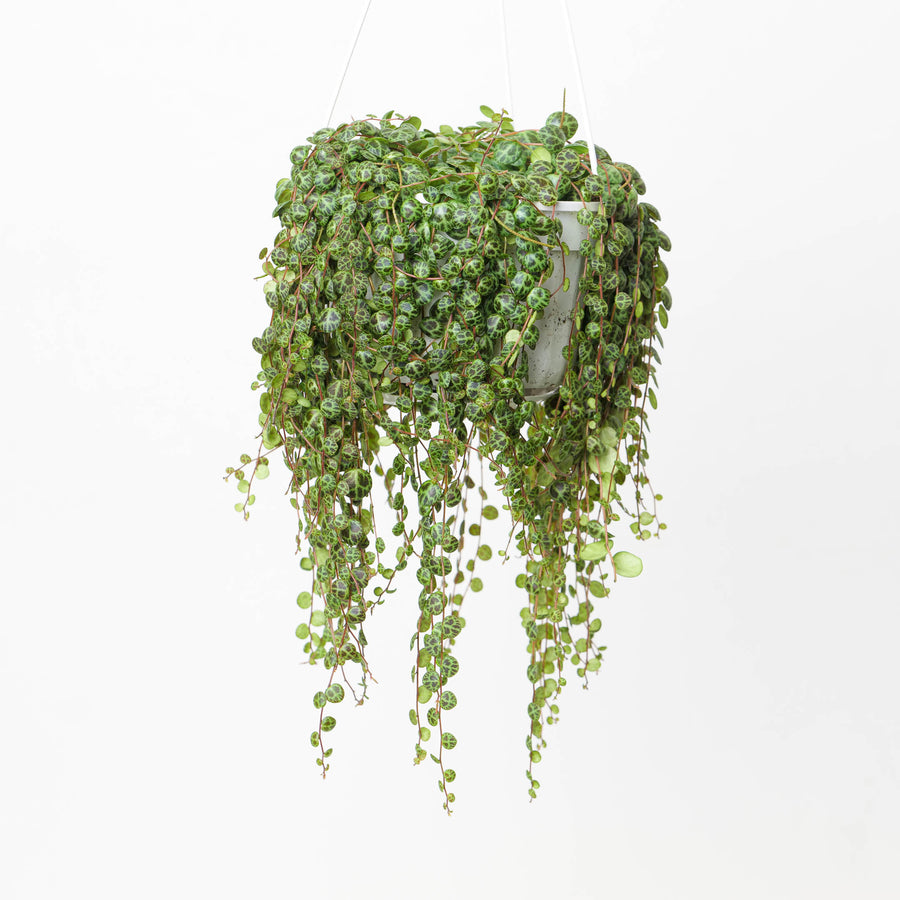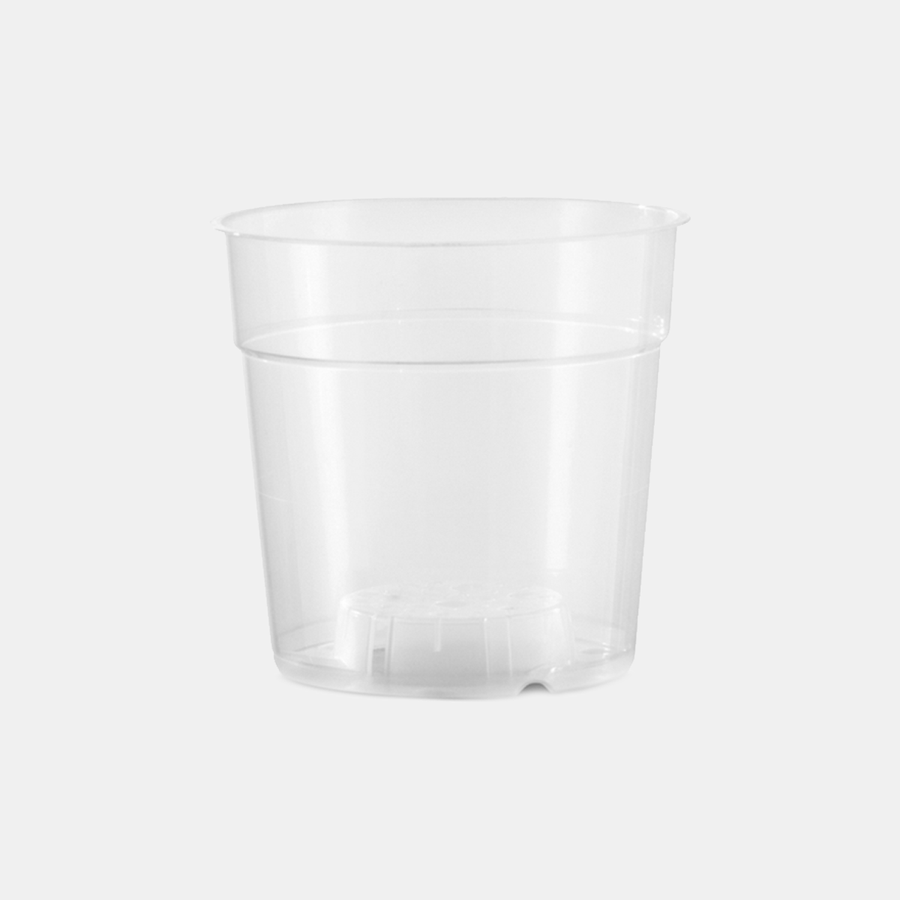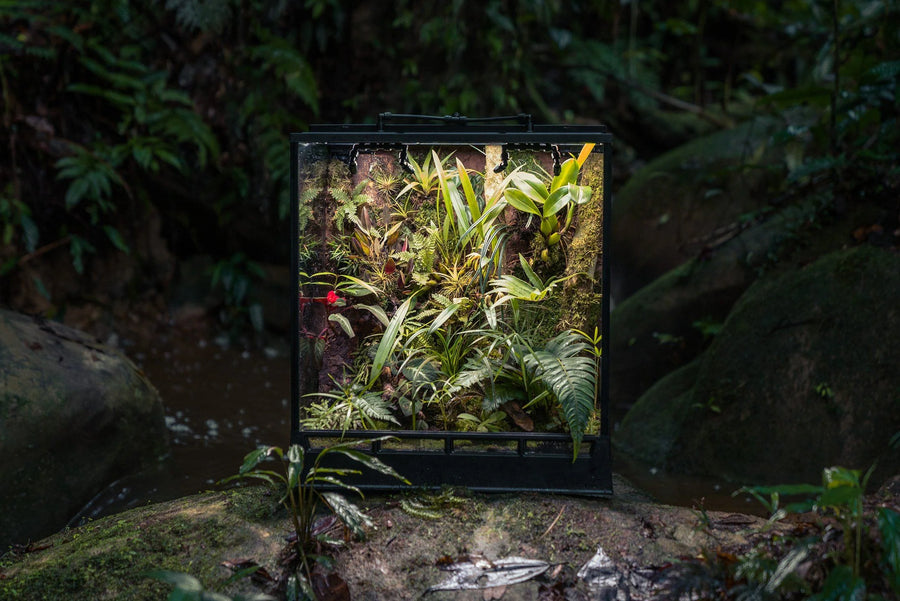Mealybugs on Your Indoor Plants? Here’s How to Manage Them
Mealybugs, often known simply as mealies, are among the most persistent pests affecting indoor houseplants. These tiny, soft-bodied insects, which also include variants such as root mealies that inhabit the soil near plant roots, can wreak havoc on your houseplant collection if not managed promptly. Their distinctive cotton-like appearance and hidden lifestyle make them particularly challenging to detect and eradicate. In this extensive guide, we’ll delve deep into every aspect of mealybug management—from identification and understanding their life cycle, to prevention and control methods—ensuring you have all the knowledge needed to protect your indoor garden.

Introduction
Mealybugs are a widespread problem for indoor growers, affecting everything from delicate ferns and orchids to robust cacti, succulents and other popular houseplants. These pests feed by sucking the sap from plants, thereby weakening them, and they secrete a sugary substance known as honeydew that invites sooty mould and other secondary issues. Not only do mealybugs impact the aesthetic appeal of your plants, but their feeding habits can also stunt growth and lead to premature leaf drop. In this article, we explore:
-
Identification: How to recognise mealybugs by their physical traits and the signs of infestation on your plants.
-
Prevention: Tips and techniques to minimise the risk of mealybug invasions.
-
Control Methods: A range of strategies from manual removal to biological and chemical treatments.
-
Long-term Management: Ongoing practices to keep your indoor plants healthy and mealybug-free.
Whether you are wondering how to get rid of mealybugs or pondering where do mealybugs come from, this guide offers detailed insights and practical advice tailored for the indoor environment.
Identification of Mealybugs
Physical Characteristics
Mealybugs are small insects, typically just a few millimetres long, with a soft, oval body enveloped in a white, waxy substance. This cotton-like coating not only gives them their distinctive appearance but also helps protect them from environmental stresses. The wax is so effective at camouflaging them that these pests often go unnoticed until an infestation becomes severe. In addition to the familiar mealybugs on the leaves and stems, some species, known as root mealies, reside in the soil and around plant roots, complicating detection.
Key identification features include:
-
Colour and Texture: Their white, powdery covering makes them look as if they have been dusted with flour.
-
Size: Adult mealybugs are tiny—usually only 2–4 mm in length—making them hard to see without close inspection.
-
Clustering: They tend to form dense, cottony clusters on the undersides of leaves, at the junction of stems and leaves, or in other crevices where they can hide.
-
Mobility: The younger nymphs, known as “crawlers,” are more mobile and are often the first stage of the infestation that you can control effectively.
Signs of Infestation

Detecting mealybugs early is crucial to prevent widespread damage. Here are some common signs to watch out for:
-
Cottony Clusters: One of the most obvious signs is the presence of white, fuzzy patches on leaves, stems, or even near the base of the plant.
-
Honeydew Residue: As mealybugs feed, they excrete a sticky, sugary substance called honeydew. This residue not only attracts ants but also encourages the growth of sooty mould—a black, powdery fungus that can cover leaves and hinder photosynthesis.
-
Leaf Discolouration: Plants suffering from a mealybug infestation may display yellowing, wilting, or stunted growth. In severe cases, leaves may drop prematurely.
-
Sticky or Slimy Texture: In addition to honeydew, the areas around infestations might feel sticky or slimy to the touch.
Life Cycle of Mealybugs
Understanding the life cycle of mealybugs is essential for effective control, as it helps determine the best time for intervention:
-
Egg Stage: The life cycle begins when adult females lay eggs, which are encased in a protective, cottony mass. These eggs are typically attached to the underside of leaves or hidden in crevices, making them difficult to spot.
-
Nymph Stage (Crawlers): Once the eggs hatch, the young nymphs, or crawlers, emerge. This is the most vulnerable stage for mealybugs, as they are more exposed and easier to dislodge from the plant. Prompt action during this stage can help prevent a full-blown infestation.
-
Adult Stage: As the nymphs mature, they settle into their adult form, clustering in hidden areas of the plant. Adult mealybugs resume feeding, and the cycle repeats rapidly under favourable conditions, particularly in warm indoor environments.
The rapid life cycle of mealybugs means that infestations can escalate quickly, highlighting the importance of early detection and intervention.
Common Host Plants
Mealybugs have a wide host range and are notorious for infesting various indoor plants. Some of the most common hosts include:
-
Houseplants: Ferns, orchids, African violets, and other popular indoor species are frequently targeted. Their lush, tender new growth provides an ideal environment for mealybugs.
-
Succulents: Although known for their resilience, succulents are not immune. Their thick, fleshy leaves can sometimes harbour these pests, especially when the plants are stressed.
-
Cacti: Even some cacti can be affected by mealybugs, which may settle in the crevices between the spines.
-
Other Crops: While our focus here is on houseplants, it’s worth noting that mealybugs can also attack vegetables and fruiting plants in agricultural settings.
These plants are particularly susceptible because they often offer abundant, undisturbed areas where mealybugs can thrive. The hidden crevices and underside of leaves provide perfect harbourage sites, making regular inspection essential.
Damage Caused by Mealybugs
Mealybugs can cause extensive damage to plants, affecting both their appearance and overall health. Key forms of damage include:
Sap Depletion and Nutrient Loss
By feeding on the plant’s sap, mealybugs deplete vital nutrients, leading to weakened, stunted growth. This constant drain on the plant’s resources can result in:
-
Stunted Growth: Plants may become smaller and less vigorous over time.
-
Leaf Drop: In severe cases, continuous feeding can cause leaves to yellow and fall off, reducing the plant’s overall aesthetic and health.
Honeydew and Sooty Mould
The excretion of honeydew is one of the hallmark signs of a mealybug infestation. This sticky substance has several negative effects:
-
Attracting Other Pests: Honeydew can attract ants, which often protect mealybugs in exchange for the sugary secretion.
-
Fostering Fungal Growth: The sticky residue provides an ideal substrate for sooty mould. This black fungus not only mars the appearance of your plants but also interferes with photosynthesis by blocking sunlight.
Prevention Strategies
Preventing a mealybug infestation before it takes hold is far easier than dealing with a full-blown outbreak. Here are some strategies to keep your indoor garden healthy:
Inspect New Plants
-
Quarantine New Arrivals: Before integrating new plants into your collection, inspect them thoroughly for any signs of mealybugs. Even a small infestation can quickly spread to other plants.
-
Regular Checks: Make it a habit to check your plants weekly, paying special attention to the undersides of leaves and crevices where mealybugs tend to hide.
Maintain Optimal Plant Health
Healthy plants are less susceptible to pests. Ensure your indoor garden is well cared for by:
-
Proper Watering and Fertilisation: Avoid over- or under-watering and provide balanced fertilisation to boost plant resilience.
-
Adequate Light: Ensure your plants receive sufficient light, as robust growth makes them less attractive to pests.
Environmental Adjustments
Adjusting the indoor environment can also deter mealybug infestations:
-
Humidity Control: While some plants thrive in high humidity, too much moisture can encourage pest outbreaks. Maintain a balanced level suited to your plant’s needs.
-
Temperature Regulation: Consistent, moderate temperatures help keep plants healthy and less stressed, reducing their vulnerability to infestations.
Cleanliness and Maintenance
-
Dusting and Wiping: Regularly dust and wipe down your plants to remove any potential mealybug eggs or crawlers.
-
Remove Debris: Clear away fallen leaves and other plant debris that can serve as a breeding ground for pests.
Control Methods

Cryptolaemus montrouzieri - The Mealybug Destroyer showing mimicry of its prey
When prevention isn’t enough, there are several control methods available to tackle mealybugs effectively. A combination of manual, biological, chemical, and cultural approaches often yields the best results.
Manual Removal
Manual techniques are particularly effective for early or light infestations:
-
Water Sprays: A vigorous spray of water can dislodge mealybugs from leaves and stems. Use a hose with an adjustable nozzle or a spray bottle to target affected areas.
-
Alcohol Wipes: Dip a cotton swab in isopropyl alcohol and gently dab directly on mealybug clusters. This method dissolves their protective wax coating and kills the insects on contact. Repeat as necessary to ensure thorough removal.
Biological Control
Introducing natural predators can help keep mealybug populations in check:
-
Predatory Insects: Certain beneficial insects, such as Cryptolaemus montrouzieri (often known as the “mealybug destroyer”), are highly effective at feeding on mealybugs. These predators can be introduced into your indoor garden as part of an integrated pest management (IPM) strategy.
-
Other Natural Agents: Parasitic wasps and predatory mites are additional options that can help reduce mealybug numbers without resorting to chemical treatments.
Chemical Control
For more severe infestations, targeted chemical treatments may be necessary:
-
Insecticidal Soaps: These soaps are a gentle option for indoor use and work by suffocating the mealybugs. They are less likely to harm your plants or beneficial insects if used as directed.
-
Horticultural Oils: Oils can be applied to the affected areas to smother the mealybugs, interrupting their feeding and reproduction cycles.
-
Pesticides: As a last resort, use pesticides that are specifically formulated for indoor use. Always adhere strictly to the manufacturer's instructions and safety guidelines to avoid harming your plants or the indoor environment.
Cultural Practices
Incorporating good cultural practices into your routine can bolster other control measures:
-
Pruning: Remove heavily infested branches, leaves, or sections of the plant. This not only reduces the current pest population but also prevents the spread to other areas.
-
Isolation: If you identify a plant with a severe infestation, isolate it immediately to prevent mealybugs from migrating to other plants.
-
Regular Monitoring: Continue to inspect your plants after treatment to catch any re-infestation early and respond promptly.
Long-term Management
Long-term management of mealybugs involves an integrated approach that combines prevention, regular monitoring, and multiple control methods:
-
Ongoing Monitoring: Establish a routine for checking your plants, using tools like magnifying glasses and sticky traps if needed. Consistent monitoring helps catch any resurgence of mealybugs before it becomes unmanageable.
-
Integrated Pest Management (IPM): Combine cultural, biological, manual, and chemical methods to form a comprehensive defence against mealybugs. This approach not only addresses current infestations but also helps prevent future outbreaks.
-
Record Keeping: Keep a detailed log of infestation incidents, treatments applied, and their outcomes. Over time, this record will help you identify patterns and refine your management strategies.
-
Continuous Learning: Stay informed about new pest control techniques and products by reading trusted plant care resources and participating in gardening forums.
Conclusion
Mealybugs, or white bugs as they are often called, can cause significant damage to your houseplants if left unchecked. By understanding what mealybugs are, recognising their distinctive signs of infestation, and employing a variety of prevention and control methods, you can effectively protect your indoor garden. Early detection, combined with a balanced approach that incorporates manual removal, biological controls, and, when necessary, carefully selected chemical treatments, is the key to keeping your plants healthy and thriving.
Taking timely action and integrating these practices into your regular plant care routine will help ensure that your indoor green space remains vibrant and mealybug-free. With vigilance and a proactive approach, you can enjoy a flourishing home garden and keep these persistent pests at bay.






